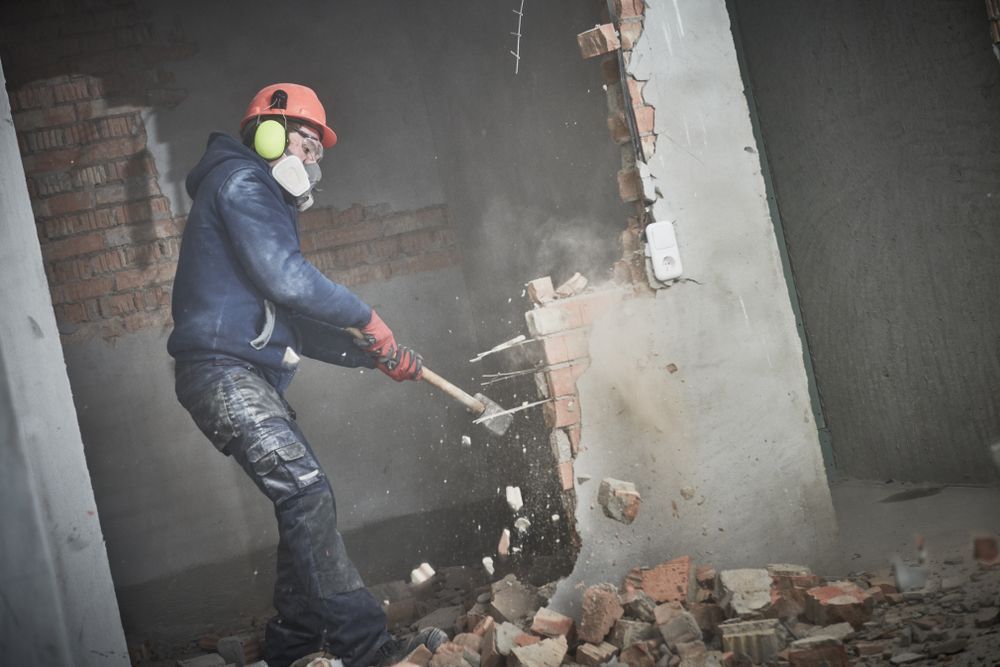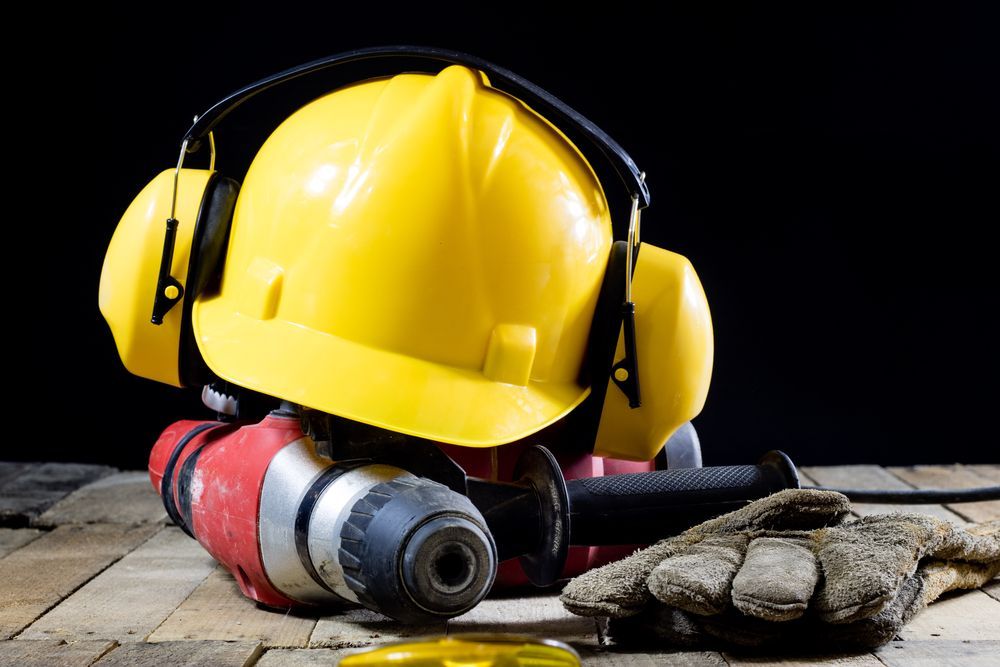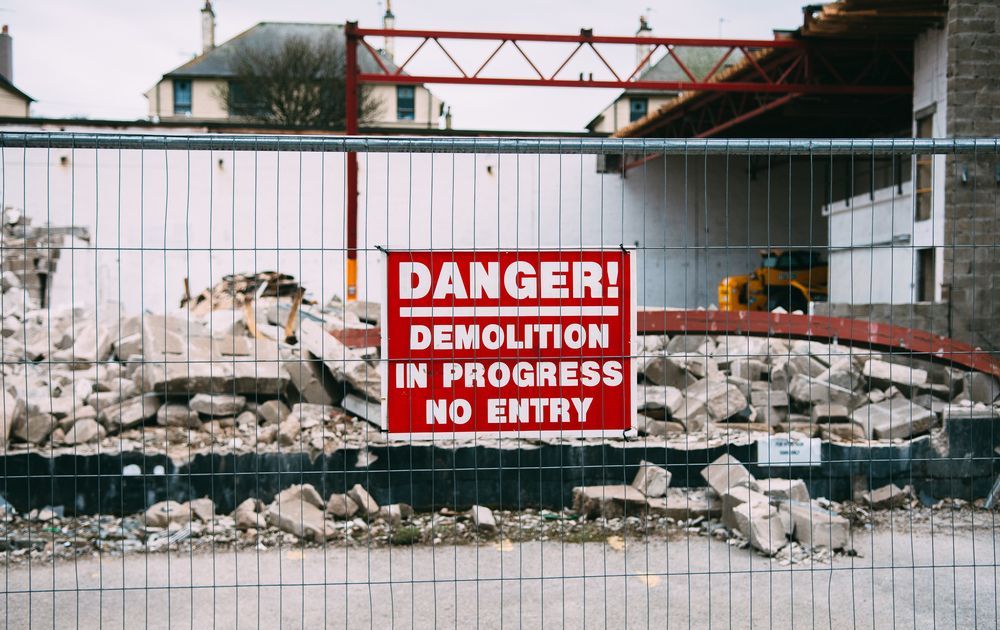The Importance of Following a Demolition Safety Checklist
Share this article:

Perfect planning makes for perfect demolition.
And when it comes to razing a building, you don’t want anything less than perfect planning. That’s why it’s so important to cross every “t” and dot every “i” before you go to knock it down. In this post, we’ll discuss the importance of proper planning in demolition and why you should always be following a demolition safety checklist. We’ll also discuss some key items and considerations that should be on every demolition safety checklist. Here’s a look at what you need to know:
Why You Need a Demolition Safety Checklist
As you already know, demolition is the act of dismantling, razing, destroying, or wrecking a building, usually so another development can be constructed in its place. Noting all of this, it shouldn’t surprise you to learn that demolition work can be very dangerous. From hidden materials such as lead and asbestos to modifications that alter the original plan to various hazards caused by the demolition methods that are being used, there’s a lot to take into consideration when it comes to demolition.
According to the U.S. Bureau of Labor Statistics, 88 workers died in site prep contracting – which includes demolition work – in 2019. Seventy-eight died in 2020. Many more workers were injured. That’s why a demolition safety checklist is so important – everyone should want their workers to leave for home at the end of the day in the same condition that they arrived.
Key Demolition Safety Hazards
So just what are some of the key demolition safety hazards that need to be accounted for on any type of checklist?
Here’s a look:
- Falling objects : It’s common for floors or walls to mask structural weaknesses, which could increase the likelihood of falling objects and injuries as a result of it. In order to minimize risk, OSHA requires engineering survey work prior to demolition taking place. This survey is designed to create a written point of reference for demolition teams to follow. It should be updated and adjusted as conditions or project scopes change. Hazardous materials present in the building are also often commonly detected during this engineering survey or assessment.
- Falls: Personal fall arrest systems, safety net systems, or guardrails can all help prevent the likelihood of falls from elevated surfaces or prevent injury in the event of a fall.
- Hazardous material identification: It’s one thing to identify hazardous materials. However, in most cases, these materials also need to be properly removed prior to demolition to avoid airborne contamination and exposure to workers. Some of the common hazardous materials that may be encountered on the job site include asbestos, lead, and silica.
Now that we’ve gone over some of the key hazards that can pose a risk on-site, we’ll discuss other key items that should be included on any good demolition safety checklist.
Key Items on a Demolition Safety Checklist
Once the main scope of the project has been determined, it’s time to consider other possible safety threats. In this section, we’ll cover some of the other threats that you may face on a demolition site. Here’s a look at some of the items that you want to be following on any checklist in the days leading up to demolition:
- Proper training: Any workers that are going to be on the job should have proper training when it comes to using equipment and staying safe from the most likely hazards. However, workers should also be aware of any local regulations or ordinances. This may include noise, hours of operation, and debris disposal.
- Removal of hazardous materials: If lead, asbestos, or silica is identified during the engineering survey of the property, make sure to check the box ensuring that it was properly removed and doesn’t pose an exposure risk.
- Load-bearing members: Any load-bearing structural members should be properly identified and labeled on a job site.
- Utilities: Electric, gas, and water access should be identified and shut off before demolition begins. If they’re not disconnected, it could lead to a fire or water damage after work begins.
- PPE: Workers should be outfitted with proper, correctly-fitting personal protective equipment. This includes hard hats, gloves, safety glasses, respirators, and more.
- Consider the necessity of overhead protection for any workers who will have access to the building during the job.
- Drop areas and chutes should be installed in the proper manner and barricaded to prevent access and the potential for injury.
- Floor openings should be protected.
Depending on the
type of demolition that you’re performing (i.e., interior, selective, dismantling, total, mechanical, implosion, etc.), there may be a variety of other factors that you have to take into consideration. This may include welding and cutting tasks, accounting for any flammable gases and liquids, barricades, fire protection, heavy equipment and motor vehicles, hand tools, and more.
The Importance of a Walk-Through
Finally, you’ll want to carry out a pre-demolition walk-through prior to beginning any work. While the permits may be filed and the checklist filled out, nothing can replace the value of actually walking a job site and taking a look at things for yourself. On a walk-through, you can see potential hazards, ensure services have been disconnected, and take note of anything else that you’ll want to be sure to communicate to workers in the morning huddle before work begins on-site each day.
Contact Alpine Demolition Today
Like we said in the opening, perfect planning makes for perfect demolition. And when it comes to keeping your workers safe as well as the site surrounding the demolition, you just can’t plan too much. The right demolition safety checklist can help get you started and set you up for a safe, successful project.
For more information and to learn more about what should be considered in a demolition safety checklist,
contact Alpine Demolition today.



